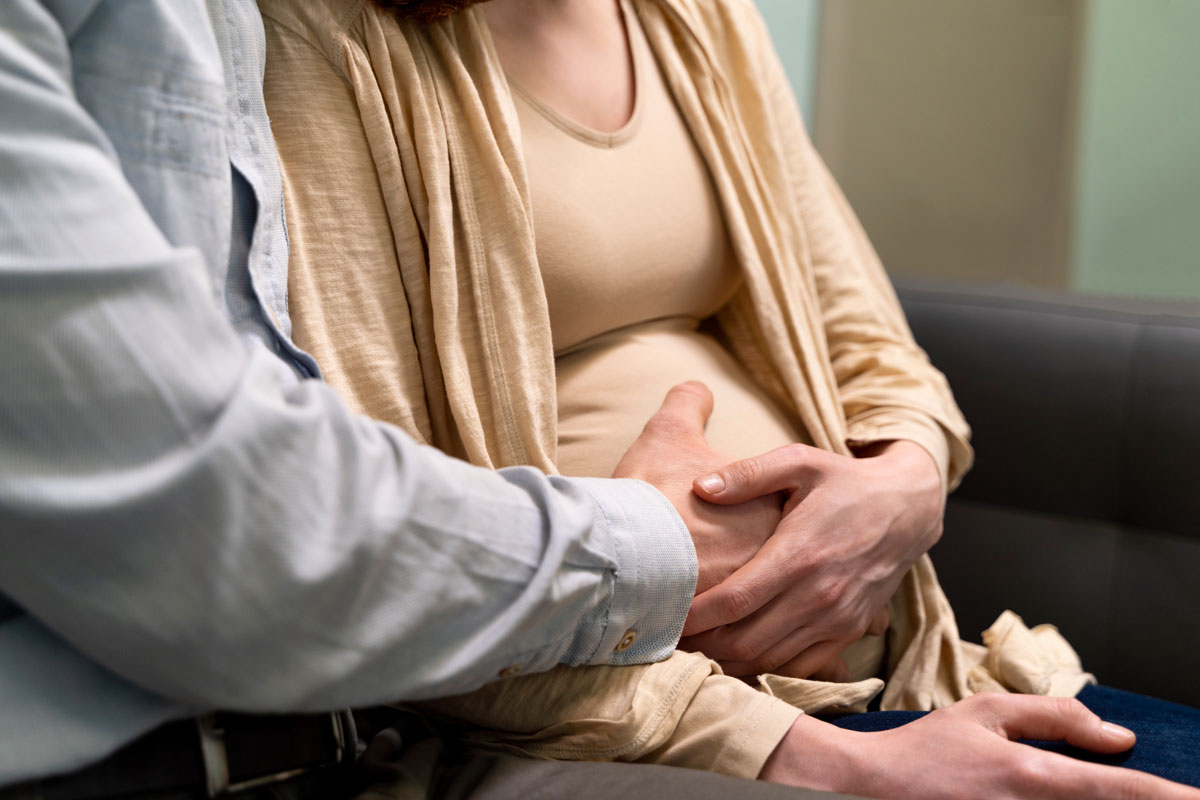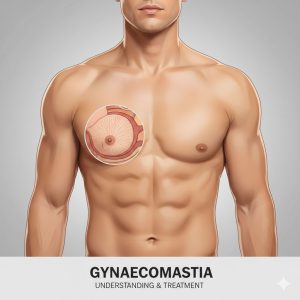EPIDEMIOLOGY AND PUBLIC HEALTH BURDEN
• Globally, about 325 million people were living with chronic hepatitis in 2015.Hepatitis B resulted in deaths, mostly from complications (including cirrhosisand hepatocellular carcinoma).1
• HBV prevalence in India is in intermediate range3. Every year 100,000 Indians diedue to HBV infection related illnesses.3
• In India, chronic hepatitis B (CHB) is acquired predominantly by horizontaltransmission in early childhood (mostly from family contacts) and to lesser extentby perinatal transmission4.
• Overall, the seroprevalence of HBsAg reported among pregnant females in threerecent studies that involved screening of 3686, 20104 and 4000 ranged from 0.9%to 1.1% respectively. HBV reportedly constitutes 25.6% of liver disease inpregnancy.4
• Likelihood that infection becomes chronic depends upon the age at which aperson becomes infected. Children less than 6 years of age who become infectedwith the hepatitis B virus are the most likely to develop chronic infections.So prevention of mother to child transmission is very important to decrease overall burden of hepatitis B in population5.
Chronic Hepatitis B: HBsAg Positive for more than 6 months
Question 1:Screening recommendations for Hepatitis B in pregnancy?
Universal screening for all pregnant women is recommended,to prevent chronic infected state in children there by, reducing disease burden of community.
Question 2: HbsAg positive – what further tests to do?
1) Clinical criteria
Clinical features of advanced liver disease/cirrhosis may include:Hepatomegaly, splenomegaly, pruritus, fatigue, arthralgia, palmar erythema, and edema.
Clinical features of decompensated cirrhosis:Portal hypertension (ascites, variceal hemorrhage and hepatic encephalopathy), coagulopathy, or liver insufficiency (jaundice)
2) Complete LFT including GGT
3) HBV viral load
4) HBeAg, Anti HBe,
5)Anti HBcIgM( only in those with clinical features suggesting acute infection)
6) Baseline renal function ( Creatinine , Urine dipstick for proteinuria)
7) Hemogram,PT8) Alfa feto protein9) USG whole abdomen
Question 3:Management of Hepatitis B carrier in pregnancy?
Chronic Hepatitis B carrier with pregnancy, treatment is not generally indicated, but monitoring is required for reactivation and hepato cellular carcinoma.
●Monitor ALT and AST monthly
Q4:Management of chronic active Hepatitis B in pregnancy?
Patient education:
●Risk of maternal liver disease status
●Effect on fetal development
●Vertical transmission
●Long term plan for treatment and followup care
Treatment indications for chronic Hepatitis B infected patients:
The treatment does not differ from non-pregnant state as maternal life is at stake.
• All patients with cirrhosis should be referred to Gastroenterologist for furthercare.
• All further complications of decompensated cirrhosis in pregnancy should bedealt with in consultation with Gastroenterologist.
Question no.5:When to do viral load in pregnancy with Hepatitis B infection?
1)For Inactive HBsAg carriers HBV DNA should be done at 26 weeks( normal ALT,HBeAg negative, anti HBe positive, normal ultrasound)
2) In others who does not fit into above criteria HBV DNA level should be checked twicea.
a. First at booking – to treat motherb.
b. Again at 26 weeks- for mother to child transmission prevention
Question 6:When to start antivirals for preventing mother to child transmission in pregnancy and when to stop in postpartum period in postpartum period ?
Start at 30 weeks
To continue till 6 weeks postpartum
Question no.7 :What antivirals to be used in pregnancy?
Tenofovir disoproxil fumarate – dosage 300 mg/day once daily
Question no. 8: Hbs Ag negative couple management?
The couple should be screened for HBsAg.If the couple is known to be HBsAg negative, hepatitis B vaccine should be given in the 0–6 weeks–6 months schedule.( Ideally for all, atleast for those with close family contacts of Hepatitis B positive individuals)
Question no.9: Hbs Ag discordant couple management?
●If partner of HBsAg positive mother is HBsAg negative offer vaccination
●Advise barrier contraception till vaccination is finished
QUESTION NO. 10: mother to child transmission prevention strategies?
Antepartum measures:
1) Screening pregnant mothers
2)Viral load and depending on it antivirals
3) vaccination of HbsAg negative mothers
4) Invasive procedures
Intrapartum measures:
1)Mode of delivery
2)Invasive procedures
Postpartum measures:
1)Vaccination of newborn babies
2)Breastfeeding
1. Mode of delivery
Hepatitis B infection should not alter mode of delivery and cesarean should be reserved for usual obstetric indications
2. Invasive procedures:
HBsAg-positive women, particularly those with a high viral load, should be counselled about the potential risk of transmission with invasive procedures.Invasive procedures such as fetal scalp electrode and fetal scalp blood sampling in labour should be avoided.
The risk of fetal infection is likely to be higher with chorionic villus sampling than amniocentesis.(higher with blood contamination of amniotic fluid )
3. Vaccination of newborn babies:
Both active and passive vaccine to newborn babies reduces risk of transmission From mother to child by 6.8%
Indian academy of Paediatrics guidebook on immunization 2013-14
( page 129, 133 ;chapter 3.3)
HBV vaccine can be given as per the following schedules
1)Birth, 1 month and 6 months
2)Birth, 6 weeks and 14 weeks
3) 6 weeks, 10 weeks, 14 weeks
4) Birth, 6 weeks, 10 weeks, 14 weeks
4. Breastfeeding recommendations
• Breastfeeding is not discouraged in mothers with chronic Hepatitis B infection,if newborns received appropriate postnatal immuno prophylaxis
• Breastfeeding can be continued safely even while taking Tenofovir
References:
1. World Hepatitis Day, 2017 | National Health Portal Of India,https://nhp.gov.in/world-hepatitis- day,2017_pg
2. (NCDC January-March 2014 Volume 3, Issue 1CDC Newsletter Quarterly Newsletter from the National Centre for Disease Control)
3. Sibia P, Mohi MK, Kumar A. Seroprevalence of hepatitis B infection among pregnant women in one of the institute of Northern India. doi: 10.7860/JCDR/2016/20614.8299.
4. Ray G. Current scenario of hepatitis B and its treatment in India.
J Clin Transl Hepatol 2017;5(3): 1–20. doi: 10.14218/JCTH.2017.00024
5. WHO fact sheet on Hepatitis B 2017
6. WHO New hepatitis data highlight need for urgent global response
7.Asian Pacific clinical practice guidelines on management of Hepatitis B :A 2015 Update
8.WHO Guidelines for the prevention, care and treatment of persons with chronic hepatitis b infection march 2015
9. NICE : Hepatitis B (chronic): diagnosis and management Clinical guideline Published: 26 June 2013
10.RANZCOG guideline on Management of Hepatitis B in pregnancy(JULY2016)
Dr. K Kanaka Seshu M.S
MS.(OBG), RCOG (Advanced Fellowship in Maternal Medicine)
Consultant – Gynecologist / Obstetrician














